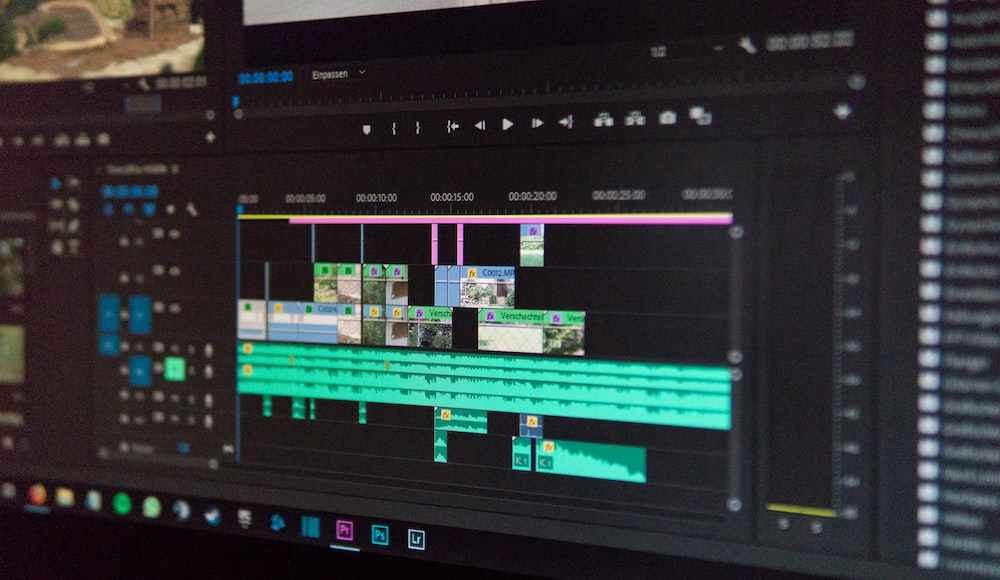Videos are essential to any digital marketer as it has been discovered that people are more likely to spend their time watching video ads than a traditional static images. However, while video ads are relatively easy to make, it involves a few processes that must be followed methodically to ensure successful ad creation.
These video production basics must be followed precisely, starting from the pre-production process. This initial process is where the bulk of the video ads creative energy will arise. Failure to have successful pre-production could inadvertently impact the other phases of the production process.
However, on the bright side, this article will discuss several tips to ensure you, as a digital marketer, have successful pre-production planning. Read on!
What Is Video Pre-Production Planning?
If you’ve created a video ad before, then you likely understand that you spend far more time planning and preparing before you ever pick up the camera and record the video. This is because the quality of the video is always determined by how well you set yourself up for success in pre-production.
The pre-production process is all the planning that takes place before the actual video recording. It starts with mapping out the right video content, sorting out the best filming location, calculating how much you need to invest in the video, and many more.
All these might look like straightforward questions, but in all sincerity, they’re not. That’s why many brands relegate video ad creation to external creative agencies who have more experience producing an ad.
However, if you’ve decided to create a video, does that mean it will flop? No, you can make intriguing video ads, provided your video planning processes are top-notch. Here are ten tips to have in mind to have a successful video pre-production process.
1. Have a Clear Goal and Distribution Channels
This is the very first step in any video creation. You have to define the purpose of the video. Are you doing it to create your brand awareness or to launch your brand’s new product? Your purpose for creating a video would influence how the video content goes.
Furthermore, you have to be able to determine your choice of distribution channels to use. Suppose you’ve decided to use various social media platforms. In that case, you have to ask, where am I likely to find the bulk of my target audience? For instance, if your brand/product is targeted to the younger generation, then social media platforms like TikTok and Instagram would be your preferred option.
2. Know Your Target Audience
The mistake most businesses make is to assume everyone is their target audience. Knowing your target audience and their supposed personality is key to successful planning.
You have to be able to spell out who you’re targeting in the video. Is it for women? Is your brand for the younger generation? Or is there a specific niche you’re targeting? All these would influence your video’s style and tone.
3. Have a Concise Message
While a video might hold your audience’s attention more than an image, there is a limit to such an attention span. In most cases, the first 15 seconds are crucial in capturing and retaining your viewer’s interest.
It’s important to always get straight to the point in any video production. This way, the objective of the video is passed across to most viewers, even before they’re tempted to scroll away. Thus, when planning for your video creation, ensure you have a concise and clear message you intend to get across.
4. Set a Budget
Video creation involves a lot of capital, and you must tailor your video to suit your budget. This is important because it can be frustrating to create a video idea and script, only to realize it’s not scalable.
Thus, you must have a budget from the start, as it will help streamline your expenses. For instance, having a budget will influence your choice of location, the number of paid actors, and even the concept of the video you intend to make.
5. Write Your Script
Everyone can visualize content, but not everyone can write a script. When penning your video script, make sure you can convey your brand’s uniqueness and style.
Also Read: How to make a Youtube video
Furthermore, when writing the script, ensure you make a strong first impression early. This is necessary as the first 8 to 15 seconds would determine if a viewer continues or swipes away. Lastly, review your script. Even the best writers make mistakes. Review your script multiple times. This way, errors are discovered on time and adjusted.
6. Storyboard Your Script
A storyboard is the visual representation of your script. This shows the shot-by-shot and scene-by-scene aspects of your video. A storyboard is essential as it helps to answer questions like the video’s light source, and what the location requires to give the feel of the intended content. This way, everyone on the team has a solid plan to work from.
7. Set a Time Limit and Schedule
The time intended to plan video content is subjective depending on the type of video. However, it’s also essential you give yourself a time limit. This way, you have a deadline you’re working towards, which inadvertently increases team productivity.
8. Select the Right Location
From your script and storyboard, you should be able to decide if your content is best displayed indoors or outdoors. If indoors, what are the props you need? Will it be in a studio, in a house, or apartment? If outdoors, where would the right location work best for your content, yourself, and the team?
9. Have the Necessary Equipment
The camera, artificial lighting source, mic, and speakers are all vital equipment you need for any video production. If you initially have them, it’s a bonus. However, if you intend to get new ones, you must select the brands and type that suits your budget and would also be great for your video quality. It’s always essential to ensure that your video doesn’t scream low-quality.
10. Casting Talents
Do you intend to feature a known celebrity or influencer? This is important if you’re not doing a solo video. You have to decide if you want a professional actor or use a real customer or even one of your own staff members. Additionally, you must determine if you need actors with unique skills like singing or dancing. It would be best if you also decided how much you’re willing to budget regarding actors’ pay and any design elements, like costumes and makeup.
For digital marketers, video ads have been shown to produce higher conversions than image ads. But while some advertisers are getting value for their money from video advertisements, others are not.
Numerous factors, including subpar pre-production planning for video pre-production, may be to blame for this. Every excellent video ad begins with proper planning. The above tips are a great start to achieving successful pre-production planning!














